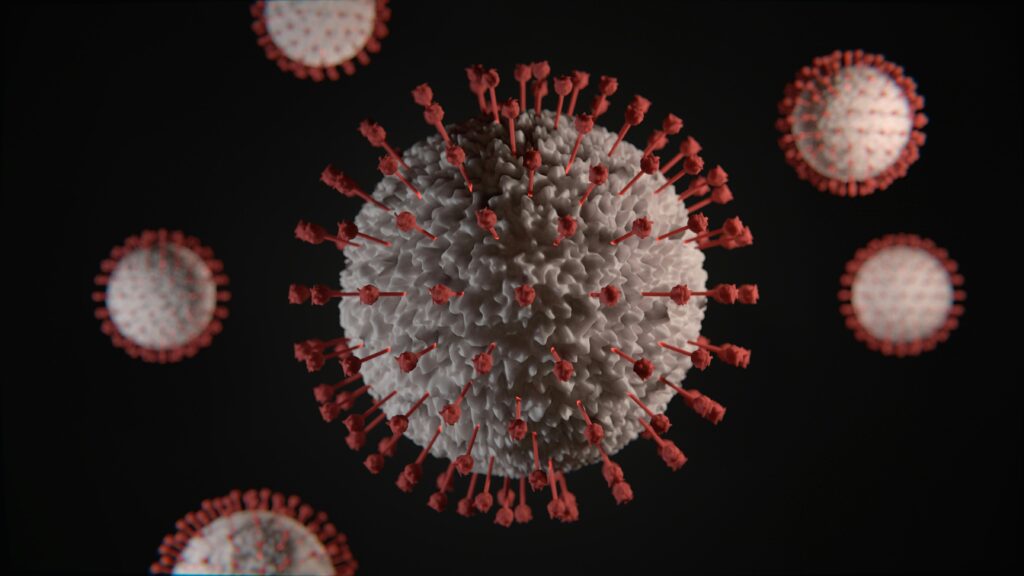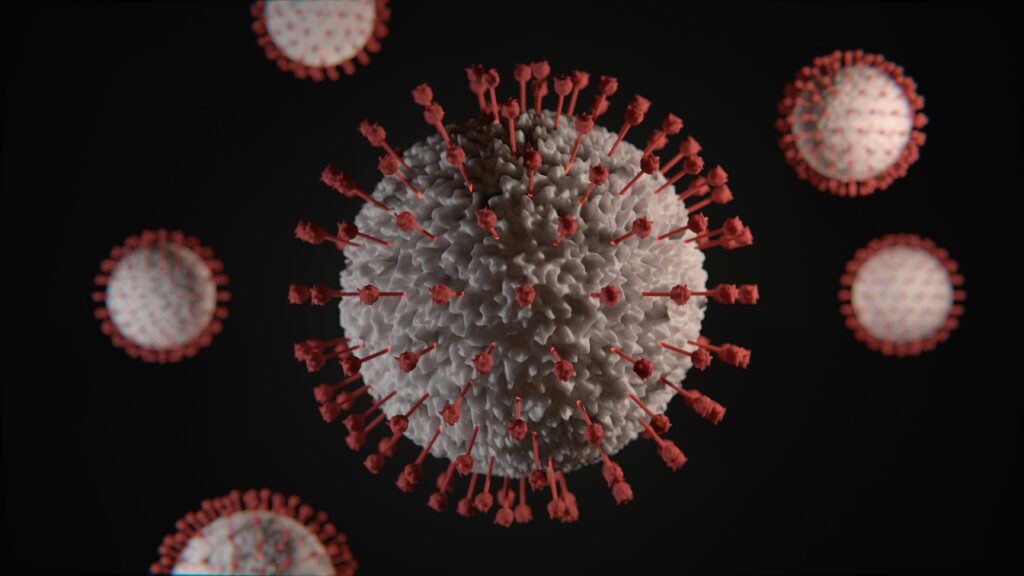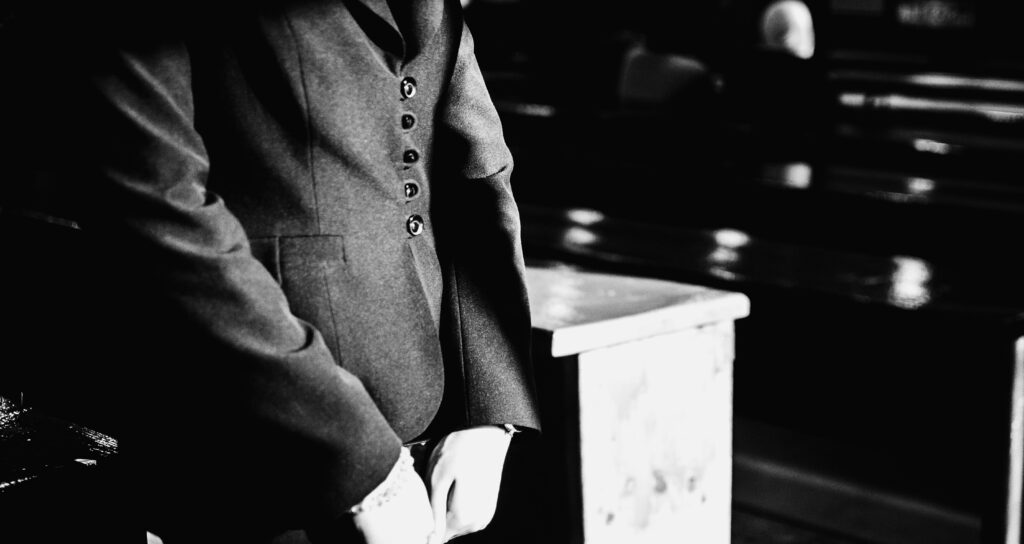This is a compassionate, human-centered account inspired by many families’ experiences during the COVID-19 pandemic. Names and details are fictionalized, but the emotions, the uncertainty, and the small victories reflect what countless children and parents lived through. The aim is neither clinical nor sensational — it’s a story of fear, patience, care, and the surprising strength of a child.
1. The day everything changed
On a bright spring morning, ten-year-old Sami woke up with a sore throat and a tiredness that didn’t feel like the usual “I stayed up too late” tiredness. His mother, Ayesha, noticed his forehead was warm when she set a hand to it. They chalked it up to seasonal allergies and packed him off to school. By mid-morning the school nurse called: Sami’s temperature had spiked and he looked pale and shaky. The day that had started like any other slid into a blur of calls, a trip home, and the worried waiting that follows any uncertain illness.
Two days later, a test confirmed what Ayesha had feared: Sami had contracted the novel coronavirus. Suddenly “sore throat” was a phrase that carried the weight of clinical protocols, quarantine rules, and a hundred questions neither parent knew the answer to.
2. When a child gets sick: fear and practicalities
For the first couple of days, fear is the primary thing that fills a house. Parents patrol their child’s breathing while he sleeps. Every cough is a new alarm; every quiet hour both a blessing and a source of anxiety. Ayesha and her husband divided duties: one parent stayed with Sami, while the other managed calls to school, the pediatrician, and employers.
They learned fast the practicalities many families faced:
- Isolation in the home: Sami had a bedroom window he could open to feel the breeze. Ayesha set up a small folding table outside his door where she could place meals and a chart of the medicines and temperatures so everything stayed organized without too much crossing of paths.
- Monitoring symptoms: They tracked temperatures, fluid intake, and how easily Sami could breathe. They took notes — time, temperature, any new symptoms — because patterns matter and a record makes medical conversations easier.
- Comfort rituals: Bedtime stories, a stack of picture books, and a playlist of silly songs became anchors. When the world outside felt unstable, these small rituals steadied Sami.
- School communications and homework: Teachers sent short videos and classwork so Sami could keep up when he felt up to it. That sense of continuity — “you’re still part of our class” — mattered more than missed assignments.
3. The days that felt longest
In most children, COVID-19 is mild. Still, the days of fever and exhaustion were longer and more difficult than anyone expected. Sami slept much of the first 72 hours. When awake, he complained that games felt boring and food didn’t taste right. He missed recess, his friends, and the ordinary noises of family life.
A particularly difficult morning came when Sami woke gasping after a coughing fit. His parents’ training kicked in: calm, nurse line on speaker, pediatrician’s office on hold, reassessment of whether they should seek emergency care. The pediatrician’s voice — steady and direct — guided them through a breathing check and the decision to keep him home. It was the pediatrician’s calm that helped Ayesha breathe a little easier; medical guidance is more than clinical facts, it can be a lifeline of composure.
4. Resilience shows up in small ways
Kids are more adaptable than we give them credit for. Even while weak, Sami’s curiosity sparked once: he wanted to know how the tiny virus looked. Ayesha found a simple animation of viruses and cells, and together they watched it on her phone. Knowledge often brings agency; seeing the microscopic battle in cartoon form helped Sami name what was happening inside him and made the isolation a little less mysterious.
Resilience isn’t only physical. It shows as a child asking for just one more story, or as laughter when a joke lands, or as the resolve to try a few bites of soup. Those small actions — the first independent walk to the bathroom after three days of confinement, the first joke without prompting — are the quiet milestones on the road to recovery.
5. When support looks like ordinary care
Over the course of a week Sami improved steadily. Sleep normalized, appetite returned to small, steady meals, and the cough eased. The family’s approach was simple but deliberate:
- Routine: Wake, gentle stretching, a simple breakfast, reading time, and some screen-free craft time. Predictability reduces stress for children.
- Hydration and nutrition: Ice pops, broths, and small favorite snacks replaced large meals during the worst days. Caloric intake returned gradually.
- Gentle activity: As Sami regained energy, short walks in the yard and window-gazing became part of rebuilding strength.
- Emotional check-ins: Every evening, Ayesha asked Sami three small questions: What made you smile today? What made you sad? What would you like to do tomorrow? Those questions respected his feelings and restored a sense of control.
Neighbors dropped off a small parcel — a hand-drawn get-well banner and a batch of cookies left at the gate. In an era when in-person contact was limited, gestures like this kept social ties intact and reminded everyone that the family was not alone.
6. The lessons parents learn
Ayesha describes three lessons she kept returning to through the week:
- Small comforts are huge. A favorite blanket, a familiar mug, the smell of soup — these anchor a child when other things feel uncertain.
- Routine is therapy. Even a pared-back daily structure gave Sami a sense of normalcy that medicine alone could not provide.
- Asking for help is strength. Reaching out to family, neighbors, and the pediatrician reduced stress and widened the support net.
She also learned to trust professional guidance rather than internet panic or worst-case stories. Having one reliable clinical voice (the pediatrician) and sticking to it spared the family a lot of anxiety.
7. Schools, friends, and returning to normal
Returning to school — physically or virtually — is a big milestone. Sami’s class coordinated a welcome-back plan: classmates drew quick “we missed you” cards, his teacher checked in gently about catching up, and the school nurse got a note from the pediatrician clearing him to return. That combination of administrative care and personal welcome smoothed his re-entry.
Children sometimes face unexpected anxieties after illness: concerns about infecting others, feeling left behind academically, or lingering fatigue. A gradual return — part-time attendance, lighter homework load, or a buddy system — helps bridge the gap. Schools that take these steps make the transition safer and kinder.
8. When recovery is slow: post-viral fatigue and sensitivity
Some children recover quickly; others have more protracted symptoms: lingering cough, fatigue, or changes in concentration. These post-viral effects deserve attention and reasonable accommodation. If a child struggles months after illness, a pediatric follow-up, school adjustments, and paced physical activity plans can make a difference.
Parents who push too hard for “normal” too soon may frustrate recovery. Instead, pacing — small, measurable increases in activity — supports healing and prevents setbacks.
9. Strength beyond the illness
Sami’s illness lasted a few weeks from first symptom to full energy return, but its effects were more than medical. In the months that followed, he carried new appreciation for small routines, stronger bonds with family members who checked in daily, and a more vivid understanding of how communities care for one another.
Ayesha noticed a change in him: a quieter maturity, a willingness to help with household tasks, and an eagerness to return small favors — drawing cards for neighbors, helping a younger cousin with homework. Resilience, in children, often ripples outward: their recovery strengthens family and then community.
10. Takeaways for families and caregivers
- Watch breathing and hydration closely. If a child develops difficulty breathing, persistent high fever, or altered responsiveness, seek help immediately.
- Build simple routines. Predictability comforts children and helps caregivers manage care tasks.
- Keep emotional care active. Ask how the child is feeling, use play and stories to process fear, and keep social ties (virtually or distanced) alive.
- Trust a reliable clinical source. Use your pediatrician as the primary medical touchstone.
- Plan for a gradual return. Advocate for phased school reintegration if the child is tired or anxious.
- Celebrate small victories. Recovery is a series of small steps — each is worth recognizing.
Closing: a story of ordinary courage
This story is not about heroic medicine or dramatic interventions. It’s about how a family — like so many others — navigated uncertainty with tenderness and common sense. A ten-year-old’s resilience is not just a return to physical health; it’s the restoration of play, trust, and the ordinary wonder of childhood. In the quiet way of small survivors, children teach us that healing is often a steady accumulation of small comforts, consistent care, and the unshakable presence of people who won’t let them face the scary parts alone.
If you’d like this written as a first-person memoir, a short piece for a school newsletter, or formatted for a blog post with headings and suggested images, I can prepare that next.




